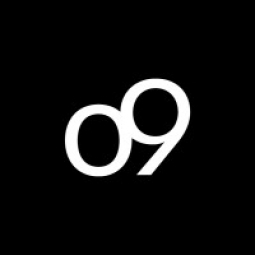Technology Category
- Functional Applications - Inventory Management Systems
- Platform as a Service (PaaS) - Application Development Platforms
Applicable Functions
- Logistics & Transportation
- Warehouse & Inventory Management
Use Cases
- Demand Planning & Forecasting
- Digital Twin
About The Customer
The customer is a world leader in the production of innovative casual footwear for men, women, and children. The company offers a broad portfolio of all-season products, while remaining true to its core molded footwear heritage. The company operates in a variety of global marketplaces and has a complex supply chain. It aims to deliver personalized products quickly across various distribution channels while maintaining high margins and managing inventory effectively.
The Challenge
The customer, a global leader in innovative casual footwear, faced significant challenges in connecting top-down and bottom-up planning, managing inventory while maintaining high margins, and delivering personalized products quickly across various distribution channels. The company struggled with holistic planning, finding it difficult to link top-down planning to sales and inventory planning within a monthly cycle. Additionally, the company faced issues with forecast accuracy due to high demand volatility, short product life cycles, and a variety of global marketplaces. The long lead times and complex supply chain made supply/demand matching a resource-intensive, manual effort.
The Solution
The company adopted o9’s Enterprise Knowledge Graph to address these challenges. This solution enabled the company to connect the dots for holistic planning, ensuring alignment in the execution of the plan, and making decisions based on real-time insights when corrections were necessary. To improve forecast accuracy, the company implemented attribute-based planning, increased efficiency in the usage of resources, and leveraged ML analytics for demand-shaping capabilities. This increased its ability to quickly react to changes in demand and marketplaces. For demand/supply matching, the company used o9 to respond to demand with visible supply pipelines, effective utilization of available capacity, and scenario modeling to quickly evaluate multiple options to solve shortages. The o9 Enterprise Knowledge Graph was used for AI-powered demand planning to improve accuracy and reduce bias. Intelligent supply planning provided an immediate response to demand scenarios, using o9’s advanced solvers and inventory capabilities to bring down working capital and optimize service levels.
Operational Impact
Quantitative Benefit

Case Study missing?
Start adding your own!
Register with your work email and create a new case study profile for your business.
Related Case Studies.

Case Study
RobotStudio Case Study: Benteler Automobiltechnik
Benteler has a small pipe business area for which they produce fuel lines and coolant lines made of aluminum for Porsche and other car manufacturers. One of the problems in production was that when Benteler added new products, production had too much downtime.

Case Study
High Tech Case Study Dongyang E&P
To achieve global leadership, Dongyang E&P needed to improve collaboration between product development teams. The company already had a product lifecycle management (PLM) system in place, yet it needed a platform that would facilitate collaboration and improve problem detection before going to mass production.

Case Study
Electric/Hybrid Vehicle Propulsion System
Tecnalia is experienced in the automotive sector and in the development of controllers embedded in powertrain ECUs. Implementing three models that emulate the unavailable functioning and communications electronic control units (ECUs) for an electric/hybrid vehicle propulsion system.










